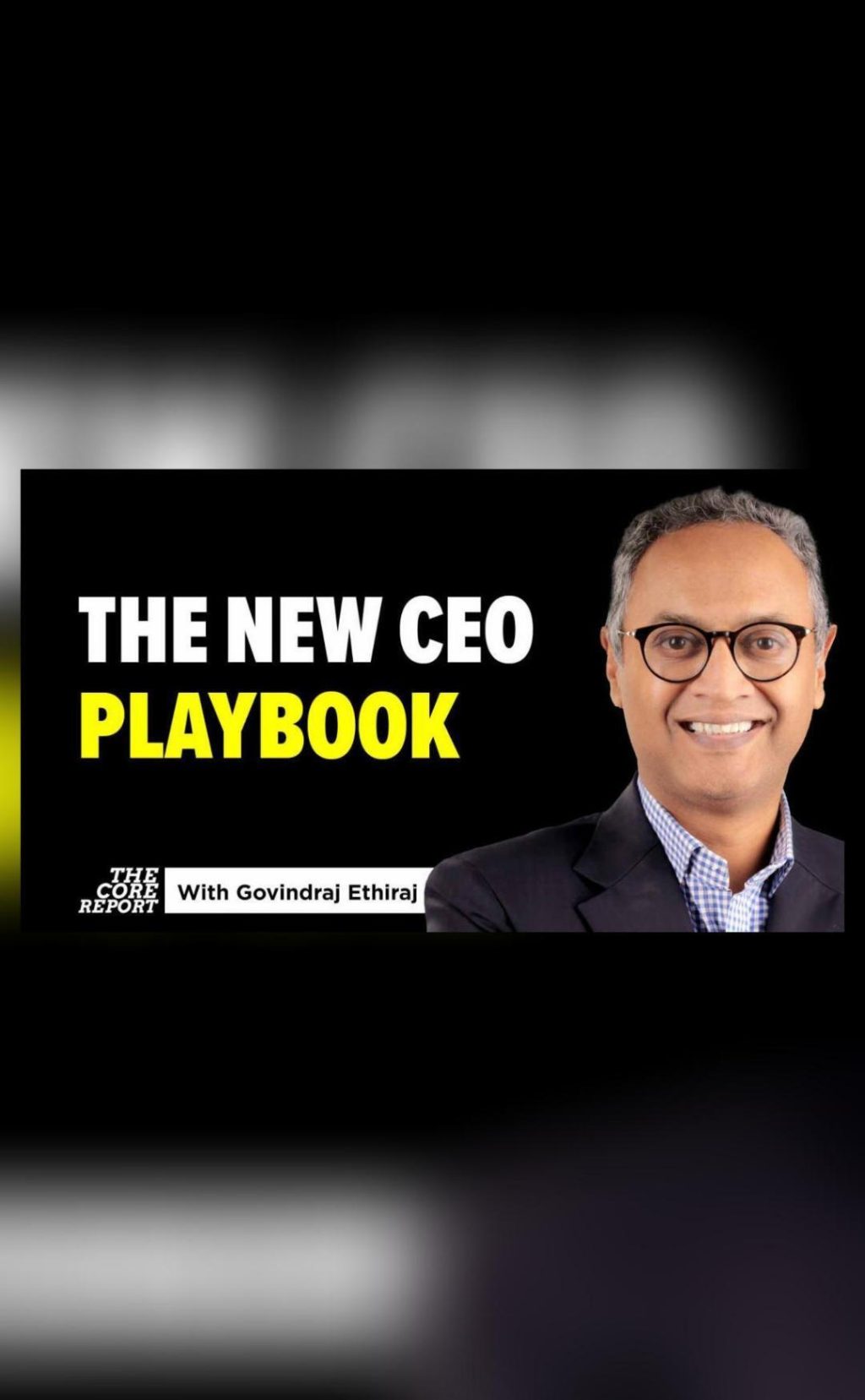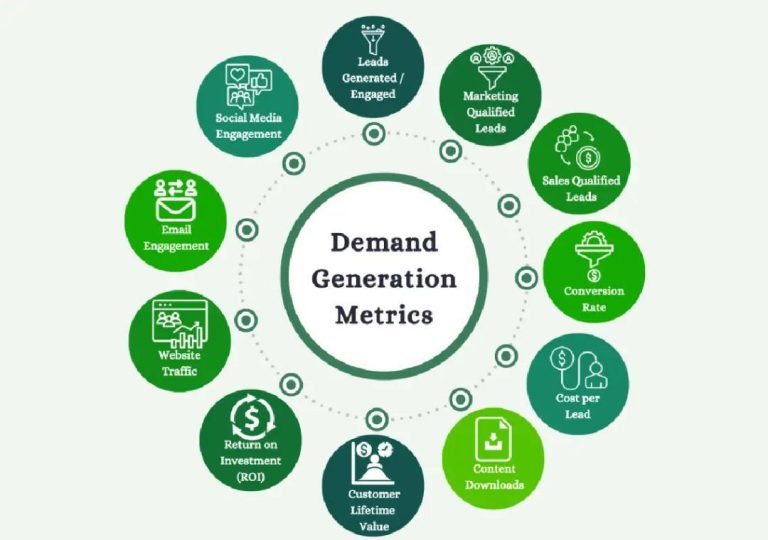
The New CEO Playbook: AI Pressures & Global Tariff Shocks
As the CEO of a global company, you’re no stranger to navigating complex challenges. However, the current landscape presents a unique set of pressures that require a fundamental shift in strategy and operations. Artificial Intelligence (AI) is reshaping industries, while global tariff shocks are disrupting trade. The result is a perfect storm that demands CEOs rethink their approach to leadership, innovation, and growth.
In this blog post, we’ll explore the key challenges facing CEOs today and provide guidance on how to adapt and thrive in this new reality.
AI Pressures: The Need to Automate and Innovate
AI is revolutionizing industries, from manufacturing to customer service. As AI adoption accelerates, companies must either innovate or risk being left behind. The pressure to automate is intense, with many CEOs feeling the need to invest in AI to remain competitive. However, this comes with its own set of challenges, including:
- Talent acquisition and retention: As AI takes over routine tasks, companies must adapt to new skill sets and talent requirements.
- Cultural transformation: AI adoption requires a significant shift in company culture, from manual labor to data-driven decision-making.
- Integration with existing systems: AI solutions must be seamlessly integrated with existing processes, which can be time-consuming and costly.
To succeed, CEOs must prioritize AI adoption while also developing a strategy for upskilling and reskilling their workforce. This includes investing in employee education and training programs, as well as fostering a culture of innovation and experimentation.
Global Tariff Shocks: The Impact on Trade and Supply Chains
The rise of global tariffs has created significant uncertainty for companies operating across borders. The impact on trade and supply chains is far-reaching, with:
- Increased costs: Tariffs add complexity and expense to international trade, making it harder for companies to maintain profitability.
- Supply chain disruptions: Tariffs can lead to delays and shortages, as companies struggle to adjust to new trade policies.
- Market volatility: Tariffs can create uncertainty, leading to market fluctuations and making it harder for companies to make long-term decisions.
To mitigate these risks, CEOs must develop a strategy for localizing production, diversifying supply chains, and building resilience in the face of uncertainty. This includes:
- Diversifying suppliers: Companies should identify alternative suppliers to reduce reliance on a single source.
- Investing in local production: Investing in local manufacturing can help reduce dependence on international trade.
- Developing contingency plans: CEOs should develop crisis management plans to respond to supply chain disruptions.
The New CEO Playbook: Localizing, Adapting, and Rethinking
In this new reality, CEOs must be prepared to adapt and evolve their strategy and operations. The key takeaways are:
- Localize: Companies must prioritize localization, investing in local production and talent to reduce dependence on international trade.
- Adapt: CEOs must be prepared to pivot and adjust to changing market conditions, tariffs, and trade policies.
- Rethink: Companies must rethink their business models, investing in AI, innovation, and new technologies to stay competitive.
To succeed, CEOs must be willing to take risks, invest in new technologies, and adapt to changing market conditions. This includes:
- Investing in AI: Companies must prioritize AI adoption, investing in solutions that drive efficiency, innovation, and growth.
- Developing new business models: CEOs must be willing to rethink their business models, exploring new revenue streams and opportunities.
- Fostering a culture of innovation: Companies must prioritize innovation, investing in employee education and training programs to drive growth and competitiveness.
Conclusion
The new CEO playbook is centered around adapting to AI pressures and global tariff shocks. CEOs must be prepared to navigate unprecedented challenges, prioritizing localization, adaptation, and innovation. By investing in AI, talent development, and new technologies, companies can thrive in this new reality. As the CEO of a global company, it’s essential to stay ahead of the curve, embracing change and uncertainty with a strategic and innovative approach.
News Source:
https://youtu.be/0osLVVtj7tY






